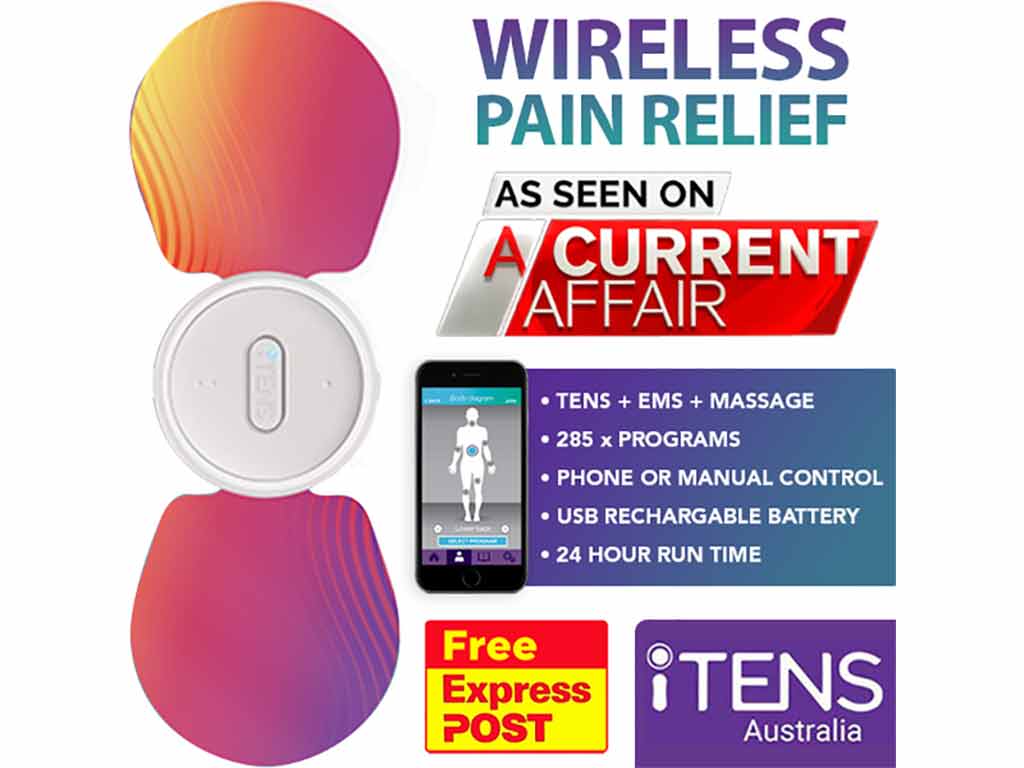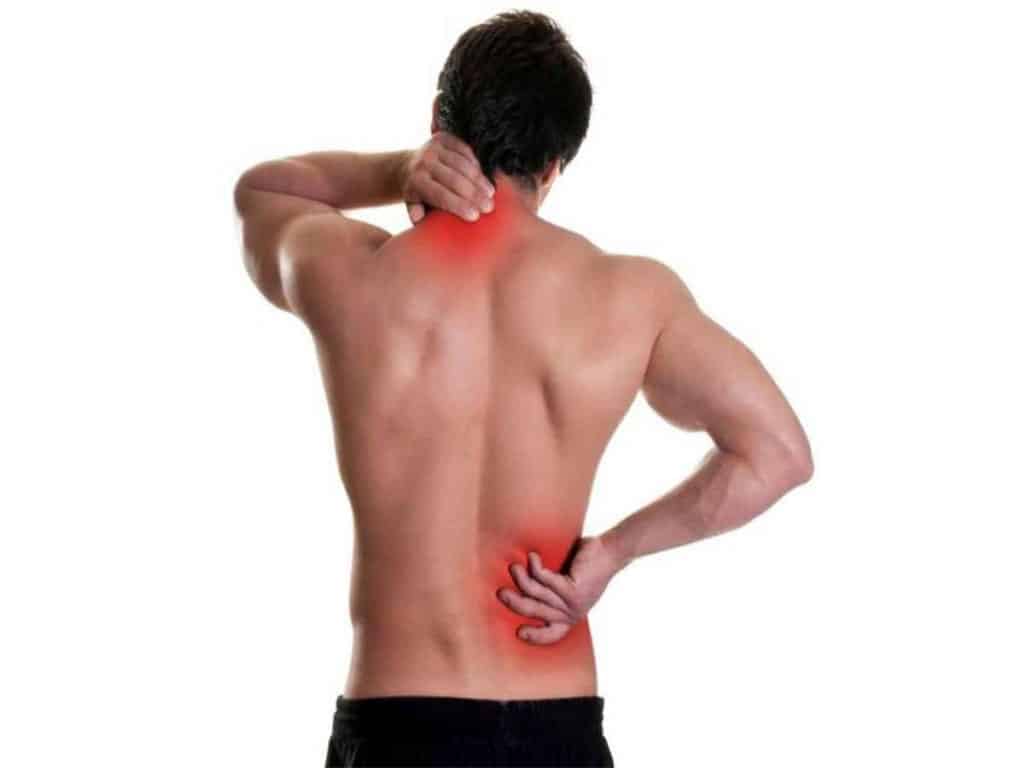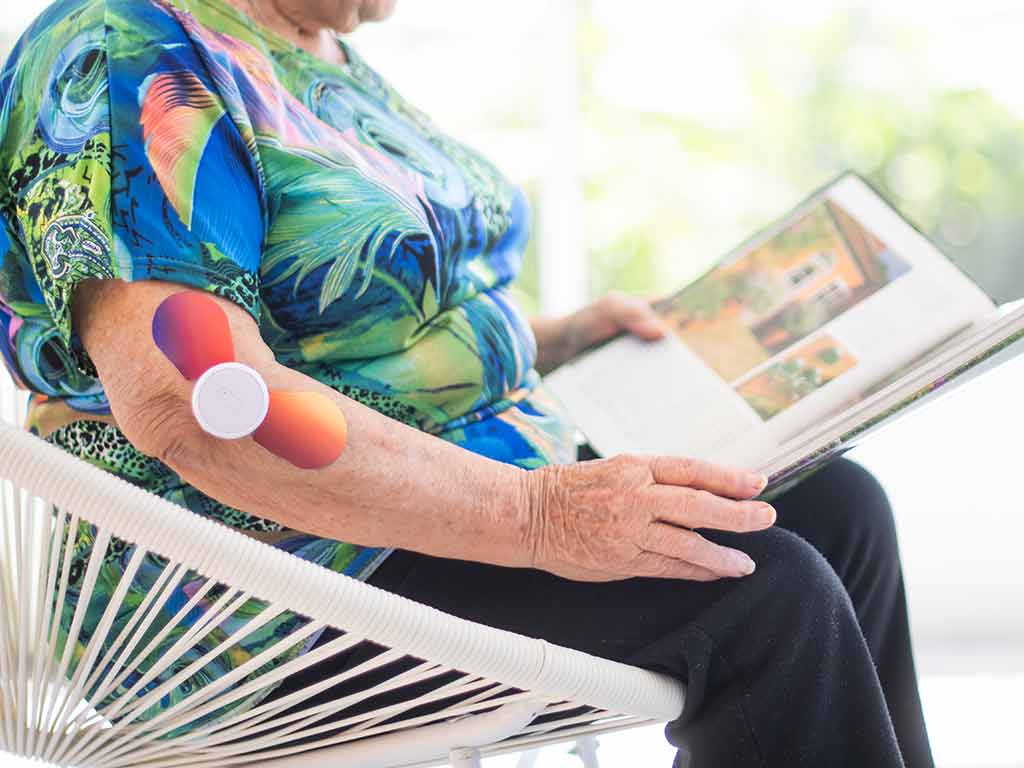
An electronic stimulation device is a non-invasive and drug-free medical tool that helps manage pain. It works by sending a mild electric current, which can block pain signals from reaching the brain. People use this tool for both acute and chronic pain conditions. To use the device, one should first clean the treatment area, then apply the electrodes to the skin, and turn on the machine. Finally, adjust the settings according to the desired level of stimulation.
Methods for pain management can include oral medications, physical exercise, and Transcutaneous Electrical Nerve Stimulation (TENS) therapy. The reason most people take analgesics is because they are accessible and affordable. However, oral painkillers can potentially cause adverse side effects with prolonged use. Alternatively, using an electric stimulation device, such as a TENS machine, is a popular pain management method that is all-natural and toxic-free. This article will provide more information about electric stimulation devices, including their applications and correct usage.
What Is an Electronic Stimulation Device?
An electronic stimulation device, such as a TENS unit, is a type of medical tool that can assist in pain management without the need for medication or invasive procedures. It consists of a control unit and sets of electrodes. The adhesive electrode pads send electrical currents to stimulate the nearby nerves to reduce pain in adults.
Generally, there are two types of electrical stimulation machines: wired and wireless. Wired units use lead cables to connect the controller and power source to the electrodes. These are often seen in hospitals and physical therapy clinics. Meanwhile, wireless units utilise Bluetooth technology to control the electrodes. Many use these at home because they are portable and easy to use at any time.
Some models come with preset programs for different purposes, such as massages or treatments for body pains. These include back pain, neck pain, shoulder pain, and abdominal cramps. The electrode pads can either be self-adhesive or may require a conductive gel for use. People can apply these pads directly to the affected area for direct stimulation. In addition, the electrodes come in different sizes and shapes to fit different body areas.
How Does It Work?
Electronic stimulation machines work based on two main theories.
- The first is the Gate Control Theory of Pain. It proposes that TENS overrides the nerves in the spinal cord that act as ‘pain gate’ controllers. The electrical stimulation is thought to close these ‘neural gates,’ thereby blocking the transmission of pain signals to the brain.
- The second mechanism involves the production of endorphins. The device stimulates the body to produce more endorphins, which are hormones that help reduce pain. Endorphins bind to opioid receptors and inhibit them from sending pain messages. They are also known as natural painkillers as they have similar effects to morphine.

Applications of Electronic Stimulation Devices
Electronic stimulation devices find applications in managing various types of pain. In cases of acute pain, such as post-surgery discomfort, broken bones, or muscle sprains, these devices prove beneficial. By emitting controlled electronic impulses, they help alleviate pain and promote faster recovery. For instance, after surgery, people can strategically place these devices to target the affected area, providing relief and supporting the healing process.
For chronic pain, or pain lasting for more than three months, electrical stimulation devices play a crucial role. Conditions like sciatica, fibromyalgia, and osteoarthritis often involve persistent discomfort. Electronic stimulation provides a means of managing this enduring pain without relying solely on medications. By modulating nerve signals, these devices contribute to pain relief over extended periods.
Beyond specific conditions, electric stimulation devices address the more general concern of body aches. Whether it is localised pain in joints like wrists, elbows, and knees or a pervasive sense of soreness, these devices offer targeted relief. Users can place electrodes on specific areas of discomfort, tailoring the treatment to their needs.
Uses in Medical Settings
Healthcare providers in pain clinics employ electric nerve stimulation devices to assist in various therapeutic interventions for patients. These devices, often larger and more sophisticated than their portable counterparts, deliver controlled electrical pulses to specific areas of the body. By doing so, they aim to manage pain, promote muscle rehabilitation, and enhance overall recovery.
Furthermore, healthcare professionals, such as physical therapists and nurses, use these devices under controlled conditions to tailor the stimulation parameters based on individual patient needs. This ensures that the treatment is effective and aligns with the medical condition and treatment plan of the patient.


How to Use an Electronic Stimulation Device at Home
Using an electronic stimulation device at home is simple. However, it may be overwhelming for some individuals who are new to electrotherapy. Nevertheless, following the general guidelines can help them make the process easier. The essential factors to remember when starting treatment are to identify the proper placement and start with the low settings.
Before beginning the treatment, it is advisable to clean the target area with mild soap and water. Remove lotions, oil, or dirt from the skin to ensure optimal adhesion and conductivity. It is also important to use TENS pads with the appropriate size depending on the area of discomfort. Next, apply the electrodes and ensure they adhere properly so they do not come off during the treatment.
After securely placing the pads, turn on the device and adjust the pulse rate, pulse width, and intensity. Begin with the lowest intensity level and gradually increase if necessary. It is important to note that the sensation should be pleasant and not uncomfortable. The treatment session usually lasts for 15 to 30 minutes, depending on the condition. After use, turn off the device before removing the pads.
Advantages of Using Wireless Units
Wireless electronic stimulation units, such as iTENS, offer advantages. For instance, users can freely move and engage in various physical activities while undergoing treatment. This freedom of movement enhances the effectiveness of the therapy. Additionally, wireless units present a more discreet option as they are easily concealable under clothing, allowing for continuous therapy without drawing attention.
Furthermore, they are easy to use. Unlike the larger electrical devices in hospitals, which often involve complex setups with numerous cords, wireless units require minimal setup. This simplicity allows users to start their therapy sessions quickly and efficiently. Additionally, being compact and lightweight, these devices are easier to carry.
Conclusion
In conclusion, electronic stimulation devices, like TENS units, emerge as valuable tools for managing pain effectively. They work by blocking pain signals or triggering endorphin release. These devices are available in wired or wireless forms. With applications ranging from acute post-surgery discomfort to chronic conditions like sciatica, they provide targeted relief. The flexibility of electrode placement, coupled with preset programs, makes them versatile for addressing various pains.
Utilising an electric stimulation device at home is a straightforward process. Users should prioritise proper pad placement, initiate treatment with low settings, and ensure a clean skin surface for optimal conductivity. For those seeking enhanced mobility, wireless units like iTENS prove advantageous, allowing users to move freely during therapy and providing a discreet, user-friendly alternative. These devices empower individuals to manage their electrotherapy with ease, promoting a convenient and effective home treatment experience.




















